DR. ANKITA PATIL
Meet the best eye doctor in Mumbai, dedicated to preserving your vision and ensuring optimal eye health. With unparalleled expertise and a commitment to patient care, our clinic stands as a beacon of excellence in ophthalmology.


About Us
Dr. Ankita Patil - Best Eye Specialist In D.N Nagar, Andheri, Mumbai
Dr Ankita Patil is one of the finest eye surgeons in Mumbai, with extensive training and experience in her field. She along with Dr. Ganesh Rajeshwar have started Mumbai Orthopaedic and eye centre with a mission to help the people get the best orthopaedic and ophthalmology treatment in Mumbai
Our Comprehensive Eye Care Services

Cataract Surgery
A cataract is clouding or opacity of the lens inside the eye. It causes gradual blurring of vision and often glare. In a normal eye this lens is clear. It helps focus light rays onto the back of the eye (the retina), which sends messages to the brain allowing us to see. When a cataract develops, the lens becomes cloudy and prevents the light rays from passing onto the retina.

Pterygium Surgery
A pterygium is a noncancerous fleshy growth on the white part of the eye (sclera) and extends onto the cornea. The exact cause is unknown. It is more common in people who have a lot of exposure to sunlight and wind, such as people who work outdoors
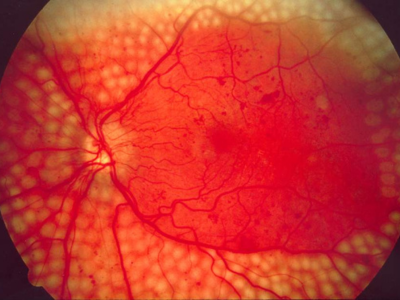
Diabetic Retinopathy
Diabetic retinopathy occurs as a complication of diabetes when high blood sugar (glucose) levels cause damage to the retina. The retina is made up of layers of light-detecting cells at the back of the eye. If left untreated, diabetic retinopathy can result in blindness. However, it takes a long period of time for the stages of diabetic retinopathy to progress to a point where your vision is affected.

Dry Eye
The “dry eye,” or keratoconjunctivitis sicca (KCS), is one of the most common ocular conditions affecting patients. Ocular irritation is one of the earliest symptoms a patient with KCS may experience. Classically, the patient describes a sandy, gritty, foreign-body sensation, in one or both eyes, that often becomes more pronounced as the day progresses

Corneal Ulcer
The corneal epithelium is the outermost layer of the cornea and is responsible for providing protection against injury and infection. The surface of the epithelium is very smooth and provides support for the tear film, which is the first refractive component of the eye. A corneal abrasion is a minor but very painful eye injury.
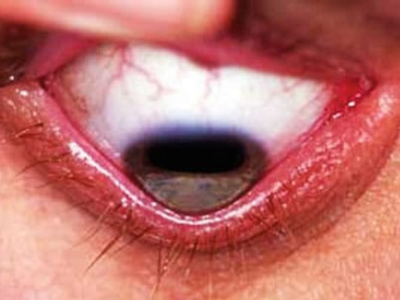
Keratoconus
Keratoconus is an eye condition which causes the thinning and weakening of the cornea, resulting in it changing shape. A cone-shaped bulge develops in the cornea, which is typically round and dome-shaped. The latest research shows keratoconus is much more common than previously thought although many cases are mild.
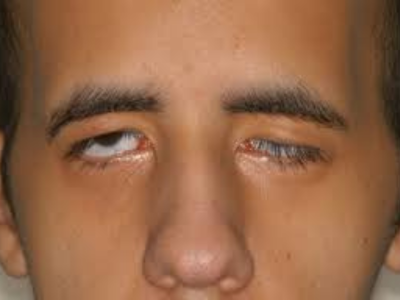
Ptosis
Ptosis of the eyelid is when an upper eyelid droops low over the eye, affecting the visual field. It is known as unilateral ptosis when just one eye is affected, or bilateral ptosis when the condition affects both eyes. Other ptosis symptoms can include difficulty in keeping the eyelids open, eyebrow ache from continuous raising of the eyelids, eyestrain and fatigue.

Glaucoma Surgery
Glaucoma is an eye condition characterised by loss of vision due to damage of the optic nerve. The optic nerve carries images to the brain, and any damage to the nerve results in damage to sight. Usually, but not always, the damage occurs because pressure within the eye increases and presses on the nerve, which damages it.
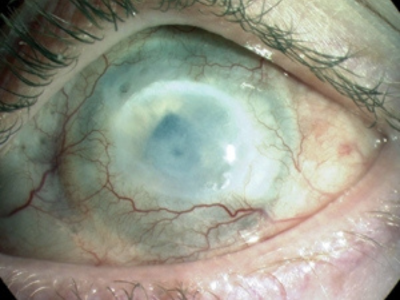
Chemical Injury
Why Choose Us
Personalised Treatment
We know everyone is different, so your treatment plan will be individually tailored to you and designed to suit your specific healthcare needs and lifestyle
Pre-Operative Care
All pre-operative assessments and any tests or scans undertaken a single surgery package.
Aftercare
Our expert care doesn’t end when your procedure does. All aftercare including medication for up to 7 days and one follow-up appointment post-surgery is included in your package.
Testimonials
What Our Clients Say





Frequently Asked Questions
The eye is like a camera with two aspects to its anatomy: focusing (a lens system), and a film at the back of the eye called the retina. In between the two lies a transparent jelly known as the vitreous humour.
In youth, the jelly mainly consists of water and collagen and has a stiff, jelly-like consistency sticking to the retina like glue. However, with age the vitreous jelly becomes more watery, less jelly-like and loses its usual shape, pulling away from the retina surface. This condition is called posterior vitreous detachment (PVD) or vitreous syneresis.
Once the separation between vitreous jelly and retina, and the degenerative process or liquification of the jelly has begun, collagen fibres contained within the jelly, change from being transparent to globular. These globules or particles are perceived as floaters.
Aging, dehydration, and genetics can all contribute to this process. By the age of 70 years, 70-80% of the population has vitreous separation or detachment in one or both eyes.
Having floaters in your eye is like having debris floating in and out of your vision. They often appear like tiny dark-coloured spots, specks, flecks, thread-like strands, squiggly lines, and ‘cobwebs’. They are very distracting and usually most visible when you look at bright light. If you have floaters then you may have stopped reading as much, and no longer enjoy television, or avoid sunlight.
Dr Ankita Patil treat with respect and compassion,and offers you the very best medical treatment, please do not hesitate to contact us.
Common causes include:
- Infections such as syphilis, leprosy, toxoplasmosis, tuberculosis, HIV, fungal infections, etc.
- Inflammations such as from autoimmune diseases (Rheumatoid arthritis, Behcet’s syndrome, etc.)
- Masquerade Syndromes such as systemic malignancies and intraocular tumors
- Injury or trauma to the eye
- Idiopathic uveitis
Dr Ankita Patil is well verse in the may treatments that exist for eye condition and will fully discuss the therapeutic option that is most suited to the type and severity of uveitis that you have.book an appointment
Cataract Surgery Is A Removal Of Natural Lens Of The Eye Which Become Cloudy And Replacing It With An Artificial Lens Called Intraocular Lens(IOL).
Most Commonly Cataract Occurs Due To Age ,that is Senile Cataract.
There Is No Specific Age At Which A Person Will Develop Cataract.
Senile Cataract Is Commonly Seen In 5th Or 6th Decade Of Life.
Cataract Can Occur After Injury (Called Traumatic Cataract), At Birth Or In Childhood (Congenital Cataract), In Patients With Metabolic Disorders (Metabolic Cataract).
Each Type Of Cataract Requires Specific Techniques For Attainment Of Optimal Vision.
Types Of IOLs:
The IOLs Help In Focussing Light On The Retina Thereby Attaining Clear Vision Post Surgery.
Choosing The Correct Lens For Your Eye Is Sometimes Challenging As Different Lenses Have Different Advantages And Limitations.
A Proper Understanding And Discussion With Your Eye Specialist Is Essential In The Decision Making.
Due To Advancement In Technology Different Lenses Are Available With Different Advantages. Based On The Material Of The IOLs, They Can Be Hydrophobic Or Hydrophilic. Both Of These Lenses Have Different Advantages And Disadvantages. Ask Your Eye Surgeon Which One Is Most Suitable For You.
Based On The Material Of The IOL And Their Delivery Systems, IOLs Can Be Rigid Or Foldable Lenses. Rigid Lenses Are Made Of PMMA(Polymethyl Methacrylate). They Require A Large Incision(5.5-6.5 Mm) To Be Inserted In The Eye And Placed In The Lens Bag. Non Foldable IOLs Are Preferred In Manual Cataract Surgery(ECCE Or SICS) Where A Large Incision Is Used For Cataract Removal.
Foldable IOLs Are Made Of Either Silicone Or Acrylic. They Have A Property That A Large Lens Can Be Folded And Inserted Into The Eye And They Open Up Inside The Lens Bag.
Based On The Point Of Maximum Clarity That The IOL Provides, They Can Be Monofocal, Multifocal Or Trifocal IOLs.
Monofocal IOLs:
These Lenses Help In Focusing For Distant Objects Or For Seeing Far. If You Choose These Lenses For Your Eyes During Cataract Surgery, Then For Reading And Computer Use You Have To Wear Reading Glasses. These Lenses Give Good Distance Vision And No Near Vision.
Multifocal IOLs:
Multifocal IOLs Have Been Used For Distance And Near Vision Till A Couple Of Years Back. But The Results Of Multifocal Lenses Were Not Satisfactory. Patient Could Not Enjoy Complete Freedom From Glasses With These IOLs And They Also Had The Problems Of Glare And Haloes. The Main Disadvantage Of Multifocal IOLs Was That They Didn’t Provide Clear Vision For Intermediate Distance.
Trifocal IOLs:
To Overcome The Limitations Of Multifocal Lenses, Trifocal IOLs Were Launched. These Are Newer Technology Lenses In Which Patient Can See Distance, Intermediate And Near Object Clearly And Dependency On Glasses Is Grossly Reduced.These Advanced Intraocular Lenses Expand Your Range Of Vision, Reducing Vision Loss Caused By Presbyopia, So You Can Read And See Clearly Up Close Without Reading Glasses. These Lenses Are Expensive In Comparison To Monofocal Lenses.
Toric IOLs:
These Are Special Kind Of Lenses Which Are Used In Eyes In Which Moderate To High Astigmatism Is Present. These Lenses Are Available In Two Types. One Is Toric Monofocal And Other Is Toric Trifocal. Depending Upon Patients’ Need, Surgeon Decides Which Type Of Toric IOL Is Suitable For The Eye.
Different Companies Make These Lenses. They Can Be National And International. Every Lens Has Some Advantages And Some Limitations. You Can Discuss With Your Doctor To Know About Them.
So If You Are Going For The Cataract Surgery Discuss With Your Ophthalmologist What Type Of Activities You Do Routinely And Based On Your Needs, The Operating Surgeon Will Decide Which Lens Is Most Advisable For Your eyes .
To Know More About These Lenses Call on 9619248823/7030103337
A Cornea Transplant Is Recommended For Patients With A Damaged Cornea That Causes Blurred And Cloudy Vision With Eye Pain. It Can Also Relieve Other Symptoms Of Corneal Diseases. Here Are A Few Conditions That Can Be Successfully Treated Through Keratoplasty:
- A Hereditary Eye Condition, Known As Fuch’s Dystrophy
- Corneal Thinning And Tearing
- Keratoconus, A Condition That Causes The Cornea To Bulge Outwards
- Scars On Cornea Caused By Infection Or Injury
- Corneal Swelling
- Corneal Ulcers That Are Not Receptive To Medical Treatments
- Any Complications Due to Previous Eye Surgery
Be honest and up front with your doctor about any problems you have with your medications
Missing a dose may seem like no big deal, but studies have shown that skipping doses can lead to vision loss over time. Ask your doctor what to do if you miss a dose. Should you take the drop when you remember? Should you wait to use the medication at its next scheduled time?
If cost is a problem, let your doctor know. There is no way for your doctor to know what a particular medication costs on every insurance plan. If costs are high, your doctor can often work to find a more cost-effective option.
Ask for help from your doctor, other health professionals and loved ones
It can be difficult to keep track of which medication to take and when to take them. Make sure you have clear written instructions from your doctor.
If your family knows that you have a condition such as glaucoma with a hereditary component, they can then make sure they have their eyes dilated on a yearly basis to screen for any potential development of glaucoma.
Make use of memory aids
Use a calendar to check off when you take your medications. Set an alarm on your phone to remind you to take your medications.
Before cataract surgery, our ophthalmologist:
Will measure your eye to find the correct focusing power for your IOL.
-Will ask about medications you take.
-May prescribe eyedrops to prevent infection and reduce eye swelling.
No fasting required on the day of surgery
You may be ask to stop taking certain medications for a few days.
Cataract surgery is an outpatient procedure, so you go home shortly after the surgery. You’ll need someone to come with you who can drive you home.
Here’s what to expect during the surgery:
~Numbing medication: Your eyes will be numb with eyedrops or an injection.
You may also get medication to help you relax.
You will be awake during the surgery and see light and movement.
The surgery won’t hurt.
Painless procedure.
~Cataract removal: Our Eye surgeon uses a special microscope to see your eye. They create tiny incisions to reach the lens. Then they use ultrasound waves (phacoemulsification) to break up the lens and remove it. Finally, they place the new lens.
~Recovery: You won’t need stitches. The tiny incisions close by themselves. Your provider will tape a shield (like an eye patch) over your eye to protect it.
The actual cataract removal only takes a few minutes.The entire procedure often takes less than 20 to 30 minutes.
Most people go home within about 30 minutes after the surgery.
- You will be required to wear protective glasses after surgery.
- You may need to wear eye shield while you sleep.
- You will need to use special eyedrops for about four weeks after surgery.
- It can take a few days to weeks for your vision to clear up.
- Other temporary side effects include:
- Blurred or double vision.
- Gritty feeling in your eyes.
- Red or bloodshot eyes.
- Watery eyes.
These side effects resolves within a week.
